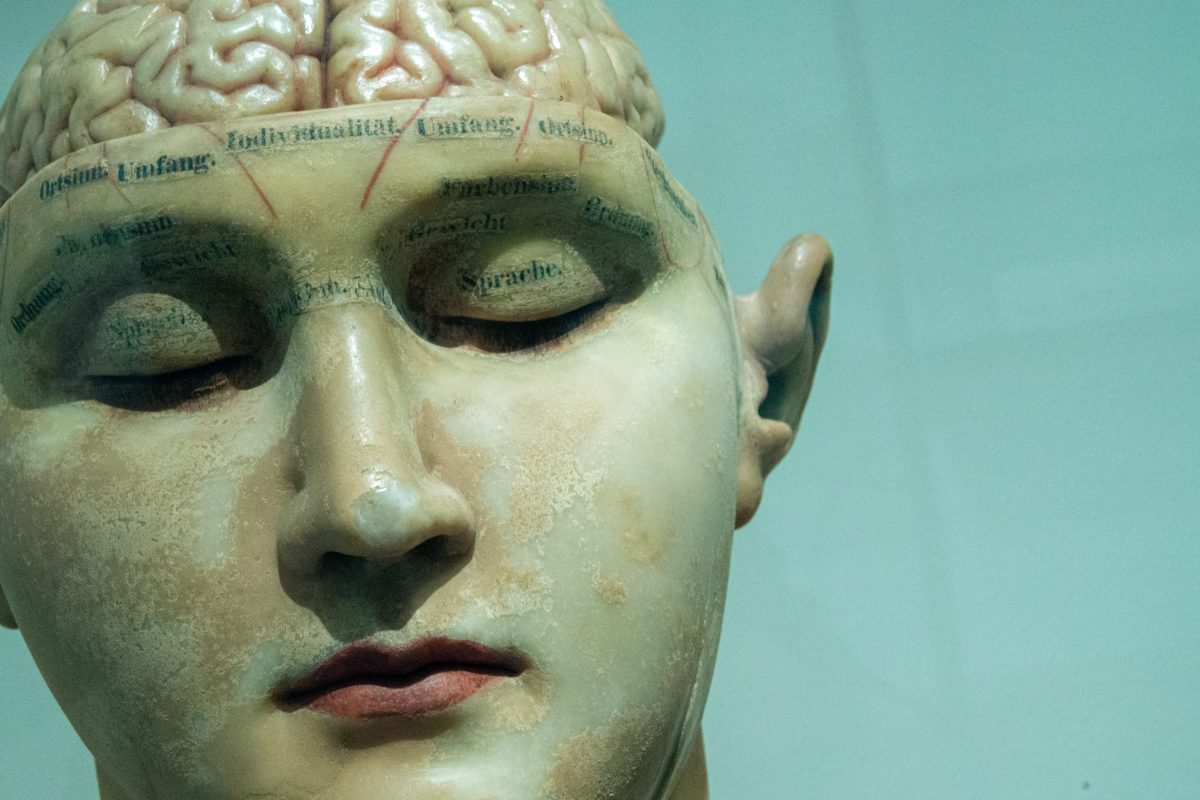In these crazy times, I always think about the information I am seeing, and try to consider its meaning and impact from different argumentative directions.
“Is the information I’m reading on this webpage correct, or some fancy form of BS?”, “This person has made a claim, but where is the evidence?”, “A claim has been made, but what’s the qualifications of that person? or are they an armchair critic?”
This is the type of thinking that can get you out of all sorts of trouble.
In the engineering world, we often talk about “critical thinking”, that is, thinking about a problem in a way that lets us choose from a range of suitable solutions that vary but some cost minimisation variable, sort of like “what’s the cheapest?”, “what’s the fastest”, “what’s the most culturally appropriate?”, and so on.
Now engineers are taught these skills during their degrees, however I often find when I look around at the commentary of the latest issues, that sometimes this “critical thinking” is missing.
Another term I like to use is called “Triangulation”. This is roughly looking at a problem from different angles, in order to uncover more information, variables, or constraints regarding a problem.
Using both of these methods, critical thinking AND triangulation is a good skill set to acquire to ensure you are not taken for a ride with incorrect news items, blatant lies, marketing gibberish, the news, or most notably social media.
